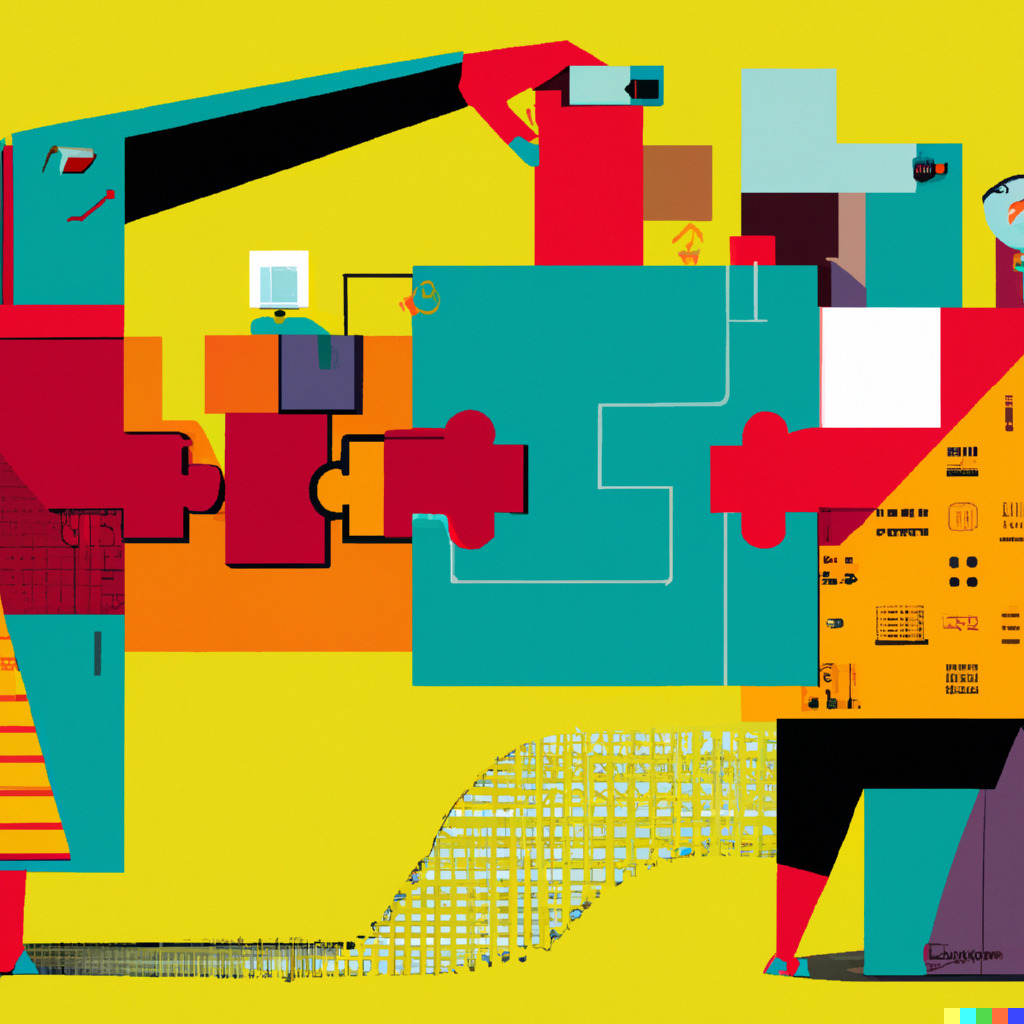
Most people associate Business Architecture with large and complex enterprises, where it provides significant value by helping organizations navigate the intricacies of their business and technology landscapes. However, this does not mean that medium-sized businesses cannot benefit from the discipline. In this article, we will reinforce how the value of Business Architecture is exponentially higher in large and complex enterprises. However, we will highlight the benefits that medium-sized companies can derive from leveraging Business Architecture’s tenets, artifacts, and best practices.
The Exponential Value of Business Architecture in Large and Complex Enterprises
Managing Complexity
Large organizations often have complex business models, multiple product lines, and a wide range of stakeholders. Business Architecture helps these organizations understand and manage this complexity by providing a clear and structured view of their business capabilities, processes, and systems. This clarity enables large organizations to make more informed decisions and respond more effectively to market changes and competitive pressures.
Aligning Strategy and Execution
In large enterprises, aligning strategy with execution is challenges due to resource constraints and too initiatives and projects underway at any given time. Business Architecture can help translate strategy into pragmatic execution by ensuring that all initiatives are aligned with strategic objectives and business capabilities. This alignment enables organizations to prioritize and focus their resources on the initiatives that drive the greatest value and impact.
Facilitating Collaboration and Communication
Large organizations often struggle with collaboration and communication across departments and teams. Business Architecture provides a common language and framework that enables more effective collaboration and communication by breaking down silos and fostering a shared understanding of the organization’s goals and objectives.
The Value of Business Architecture for Medium-Sized Businesses
Scalability and Adaptability
While medium-sized businesses may not face the same level of complexity as large enterprises, they still need to adapt to the changing business environment and scale their operations as they grow. Business Architecture can help these organizations build a scalable and adaptable foundation by clearly understanding their business capabilities and processes. This foundation enables medium-sized businesses to identify opportunities for growth and improvement and respond more effectively to change.
Driving Innovation and Digital Transformation
Business Architecture can help medium-sized businesses drive innovation and digital transformation by ensuring that technology investments are aligned with business needs and strategic objectives. By identifying opportunities to leverage digital technologies to create new products, services, or business models, Business Architecture enables medium-sized businesses to stay competitive and thrive in the digital age.
Business Architecture Helps Translate Strategy to Reality
Business Architecture is crucial in translating strategy into reality by providing a structured approach to breaking strategic objectives into actionable initiatives. By mapping business capabilities to strategic goals, Business Architecture ensures that all projects and investments are aligned with the organization’s strategic vision. This alignment enables organizations to prioritize their efforts and resources effectively, leading to the more successful execution of their strategic plans. Furthermore, by facilitating communication and collaboration across departments, Business Architecture helps create a shared understanding of the organization’s goals, ensuring everyone is working towards the same objectives and driving the organization toward success.
Business Architecture Leads to Optimal Technology Enablement
For medium-sized enterprises, Business Architecture provides a holistic view of the organization’s strategy, structure, and processes, essential for informed decision-making and effective technology enablement. By creating a comprehensive understanding of the organization’s capabilities, value streams, and processes, Business Architecture enables medium-sized businesses to identify opportunities for improvement, uncover redundancies, and optimize their operations. Additionally, this holistic view helps these organizations allocate appropriate technology dollars that align with business needs., thus maximizing the value derived from their technology initiatives. Ultimately, Business Architecture equips medium-sized enterprises with the tools and insights necessary to make strategic decisions and drive technological innovation, enabling them to remain competitive and agile in a rapidly evolving business landscape.
Improving Operational Efficiency
Medium-sized businesses can also benefit from Business Architecture’s ability to identify inefficiencies and redundancies in their processes and systems. By optimizing operations and achieving cost savings, Business Architecture can help these organizations become more efficient and cost-effective, driving profitability and growth.
While the value of Business Architecture is undoubtedly exponentially higher in large and complex enterprises, medium-sized businesses can still derive significant benefits from the discipline. By leveraging the tenets, artifacts, and best practices of Business Architecture, organizations of all sizes can navigate the complexities of the business landscape, align strategy with execution, drive innovation and digital transformation, and improve operational efficiency. Ultimately, Business Architecture can be a powerful tool that helps medium enterprises build resilience, adapt to change, and secure future success.



